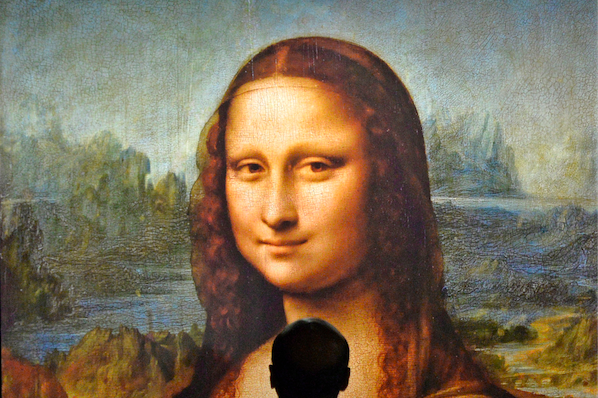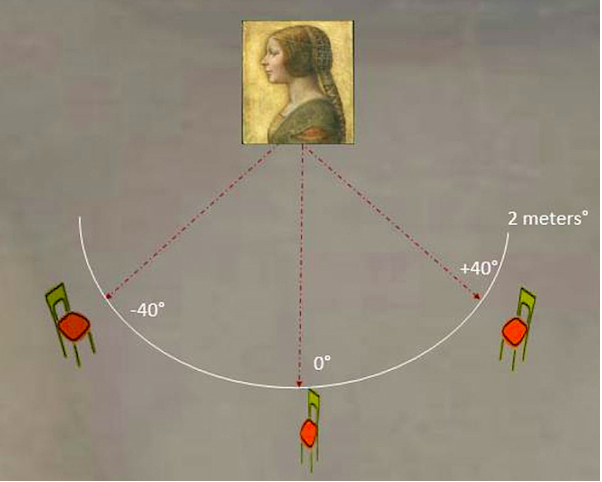
August 22, 2015
 Martin Meissner/AP
Martin Meissner/AP
A man watches a reprint of Leonardo da Vinci's Mona Lisa at the exhibition "The appearance of beauty" in the Gasometer in Oberhausen, Germany, Thursday, April 24, 2014.
The mysterious allure of Leonardo da Vinci's 'Mona Lisa' has endured for more than five centuries, a ubiquitous symbol whose immediacy still provokes wonderment about the mood of its subject.
A team of British researchers believe they have finally discovered the secret behind da Vinci's Renaissance composition of the woman believed to be Lisa Gherardini, the wife of wealthy Florentine silk merchant Francesco del Giacondo and a member of Florence and Tuscany's Gherardini family.
Next to the thousand-mile gaze, the question that has persistently stumped scholars and admirers of the painting is whether Mona Lisa is slightly smiling or slightly grimacing. Determined to find a method behind da Vinci's technique, experts from two universities in the United Kingdom examined how a viewer's perspective of the painting impacts their perception of it, ArtNet News reports.
To help analyze 'Mona Lisa,' the researchers compared the painting to an earlier work of da Vinci's, 'La Bella Principessa' (c. 1496), a portrait of a Milanese Duke's young illegitimate daughter, which creates a very similar effect.

Their findings, presented in the journal Vision Research, concluded that in both paintings, da Vinci used a particular technique called sfumato (in Italian, soft or pale), which uses a careful mixture of color and shading to create an optical illusion.
Volunteers who participated in the researchers psychophysics experiment reported that focusing on the eyes of the two paintings from a distance, or with a digital blur, produced the effect of an apparent smile. Seen up close, however, the smile vanishes. Researchers say the presence of the effect in both paintings provides new evidence that da Vinci may have intended this ambiguity as a thematic signature in some of his work.

Often, art appreciation and interpretation delve far deeper than the question of beauty, entering the territory of mathematics and technology to understand how artists advanced their form and left clues for posterity. Anamorphosis, for example, actually calls upon viewers to distort their perspectives on works of art to find new insights through oblique and mirrored apprehension.
Alex Boxer, an undersea analyst and scholar of physics and classics, gave a 2013 presentation on anamorphics in art for the Philadelphia-based Chemical Heritage Foundation's monthly Science on Tap program at National Mechanics in Old City. His work, shared on his website Idols of the Cave, examined the 500-year-old mystery behind Hans Holbein's painting 'The Ambassadors,' explored in the video below.